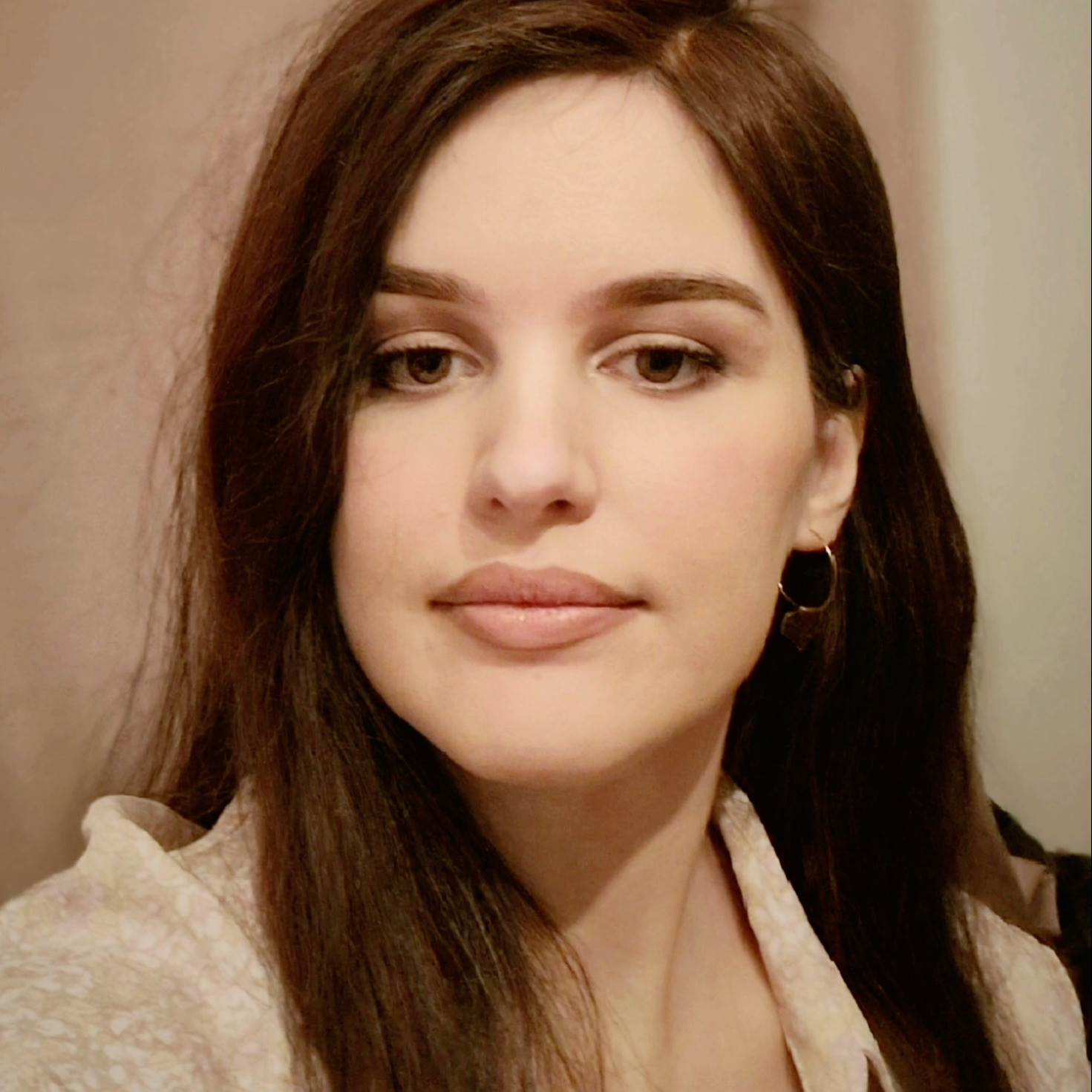
Eötvös Lorand University
Polje Istraživanja: Biological psychology Cognitive psychology Neuroscience
In this article, we review the extensive and complex fabric of literature concerning the ontogenesis of spatial representations from earliest childhood to the elderly, including normal and abnormal aging (dementia and Alzheimer’s disease). We also revisit fundamental concepts of the neuronal representations of space, egocentric vs. allocentric reference frames, and path integration. We highlight a thread of contradictions in spatial cognition from infant cognition to the first breakthrough at around the age of four. The contradictions reemerge in the literature on age-related decline in spatial cognition. We argue that these contradictions derive from the incorrect assumption that path integration is exclusively associated with allocentric frames of references, hence, signatures of path integration are often taken as evidence for allocentric perspective-taking. We posit that several contradictions in the literature can be resolved by acknowledging that path integration is agnostic to the type of reference frame and can be implemented in both egocentric and allocentric frames of reference. By freeing the frames of reference from path integration, we arrive at a developmental trajectory consistent across cognitive development studies, enabling us to ask questions that may dissolve the obscurity of this topic. The new model also sheds light on the very early stage of spatial cognition.
Time is a fundamental dimension of our perception and mental construction of reality. It enables resolving changes in our environment without a direct sensory representation of elapsed time. Therefore, the concept of time is inferential by nature, but the units of subjective time that provide meaningful segmentation of the influx of sensory input remain to be determined. In this review, we posit that events are the construal instances of time perception as they provide a reproducible and consistent segmentation of the content. In that light, we discuss the implications of this proposal by looking at “events” and their role in subjective time experience from cultural anthropological and ontogenetic perspectives, as well as their relevance for episodic memory. Furthermore, we discuss the significance of “events” for the two critical aspects of subjective time—duration and order. Because segmentation involves parsing event streams according to causal sequences, we also consider the role of causality in developing the concept of directionality of mental timelines. We offer a fresh perspective on representing past and future events before age 5 by an egocentric bi-directional timeline model before acquiring the allocentric concept of absolute time. Finally, we illustrate how the relationship between events and durations can resolve contradictory experimental results. Although “time” warrants a comprehensive interdisciplinary approach, we focus this review on “time perception”, the experience of time, without attempting to provide an all encompassing overview of the rich philosophical, physical, psychological, cognitive, linguistic, and neurophysiological context.
Time is a uniquely human yet culturally ubiquitous concept acquired over childhood and provides an underlying dimension for episodic memory and estimating durations. Because time, unlike distance, lacks a sensory representation, we hypothesized that subjects at different ages attribute different meanings to it when comparing durations; pre-kindergarten children compare the density of events, while adults use the concept of observer-independent absolute time. We asked groups of pre-kindergarteners, school-age children, and adults to compare the durations of an "eventful" and "uneventful" video, both 1-minute long but durations unknown to subjects. In addition, participants were asked to express the durations of both videos non-verbally with simple hand gestures. Statistical analysis has revealed highly polarized temporal biases in each group, where pre-kindergarteners estimated the duration of the eventful video as "longer." In contrast, the school-age group of children and adults claimed the same about the uneventful video. The tendency to represent temporal durations with a horizontal hand gesture was evident among all three groups, with an increasing prevalence with age. These results support the hypothesis that pre-kindergarten-age children use heuristics to estimate time, and they convert from availability to sampling heuristics between pre-kindergarten and school age.
Goal: To analyze the appearance of neurodevelopmental disorders in children delivered post-term and to find out whether prolonged pregnancy may be a cause of such disorders in a selected group participants. Patients and methods: This study included a cohort of 34 children born post-term suffering from neurodevelopmental disorders who were treated at the Service for psycho-physiological and speaking disorders in Mostar, Bosnia and Herzegovina during an 18-year period. Results: There were 59.4% of male and 40.6% female patients (P=0.002). The most common neurodevelopmental disorder in the sample was intellectual disability (38.2%), followed by epilepsy (26.4%), delayed psychomotor development (14.7%), and cerebral palsy (11.7%) (P<0.001). The correlation between mothers’ parity and post-term delivery was found (P=0.016). Conclusion: Post-term delivery may be the cause of neurodevelopmental disorders. The most common disorder among them were intellectual difficulties.
Ova stranica koristi kolačiće da bi vam pružila najbolje iskustvo
Saznaj više